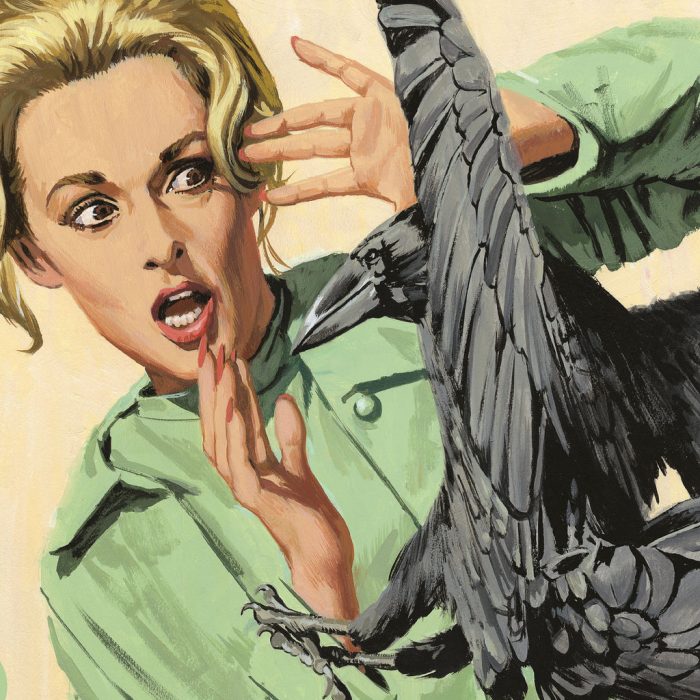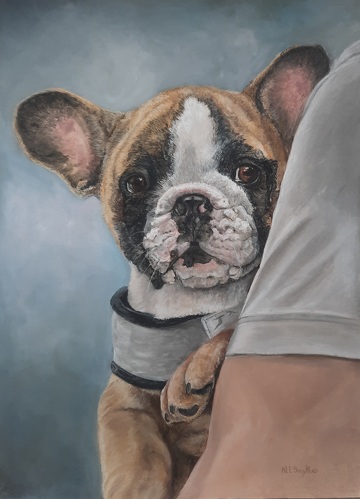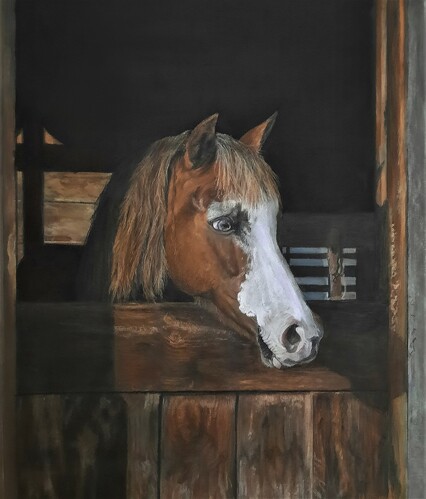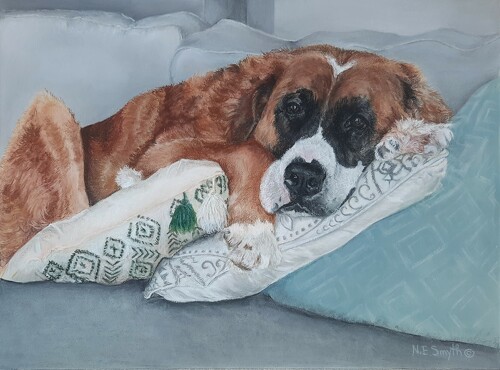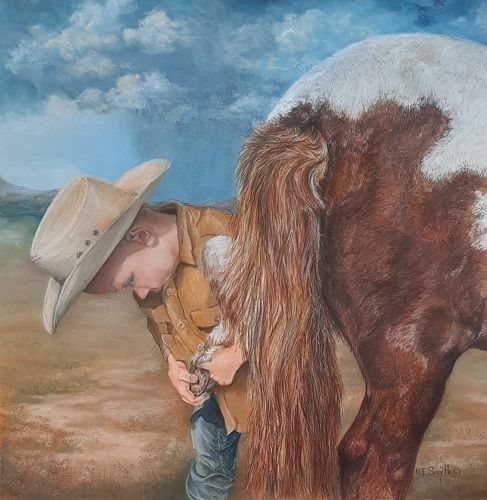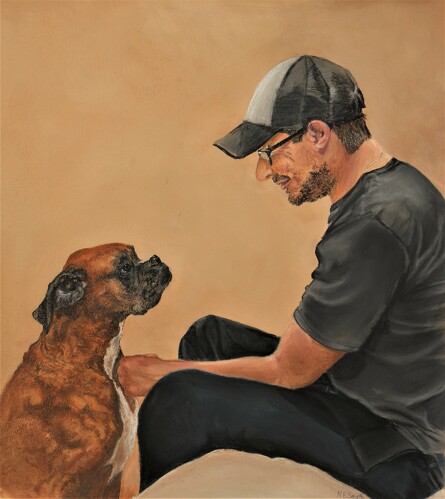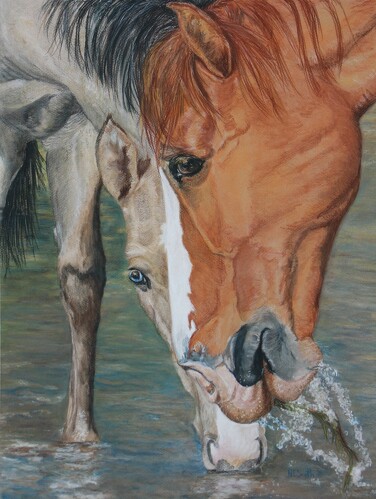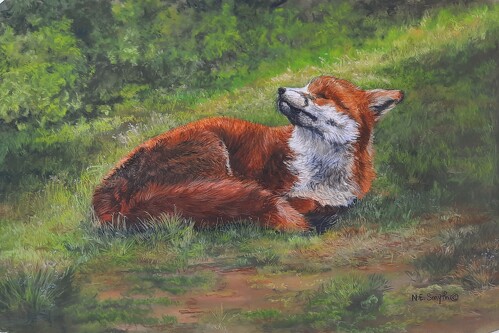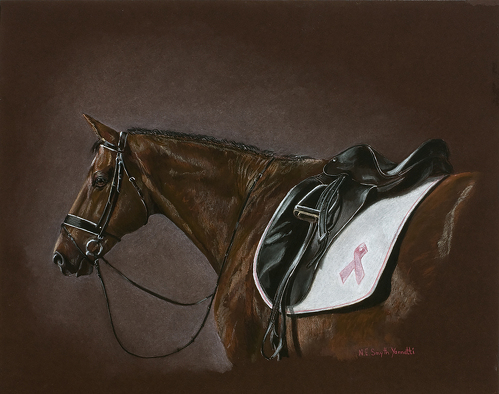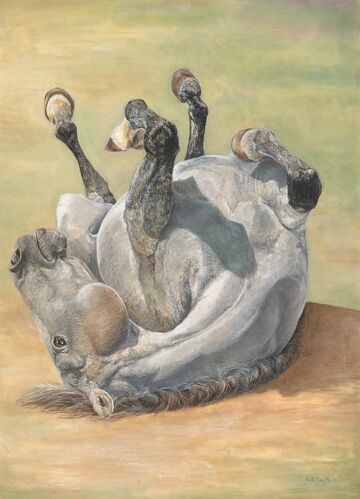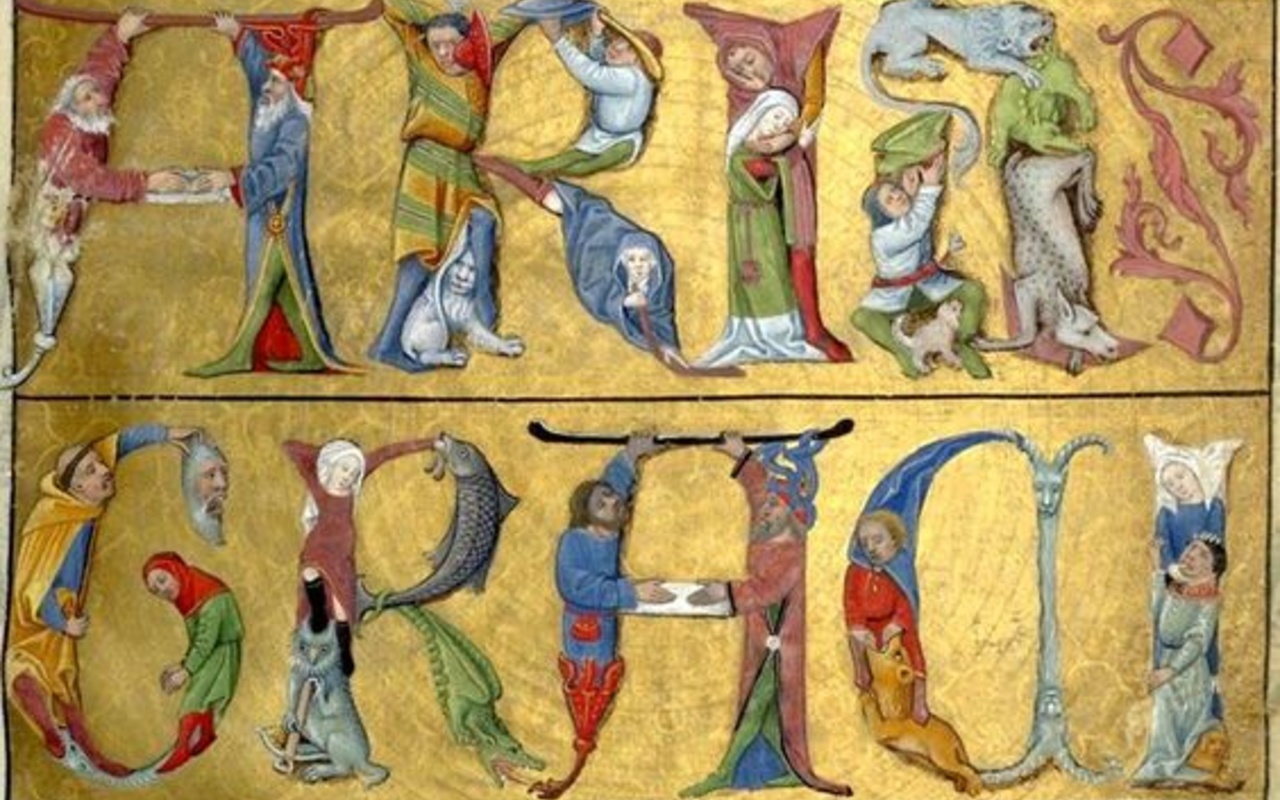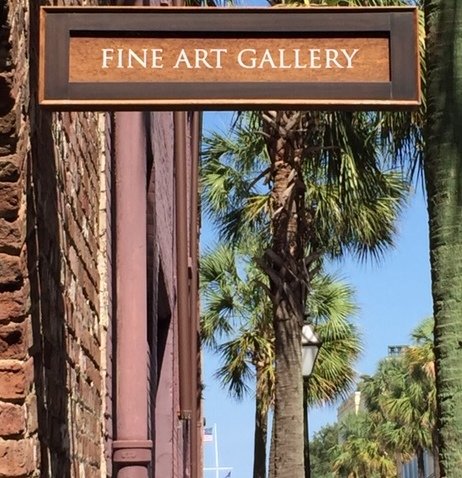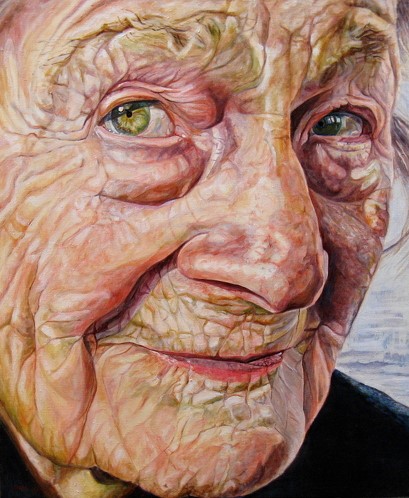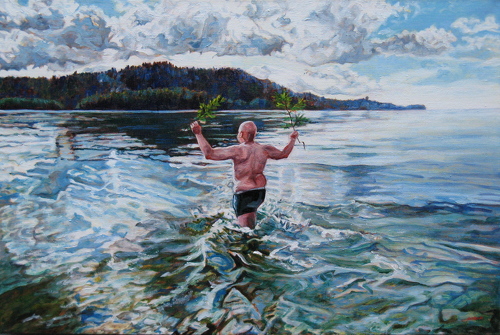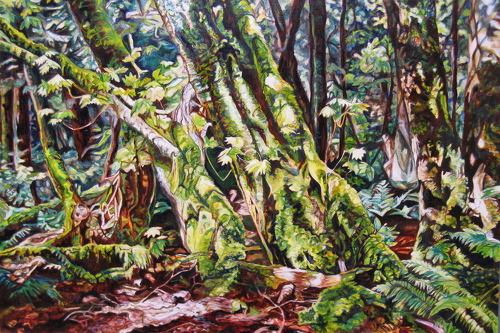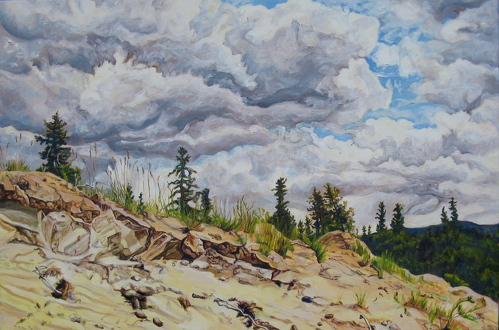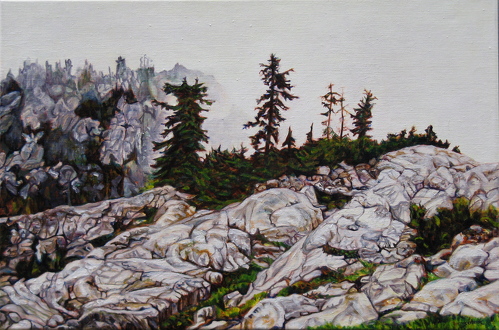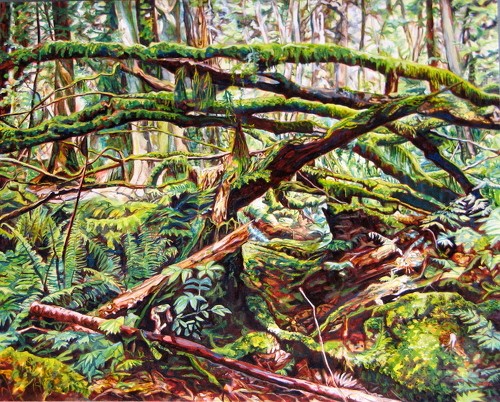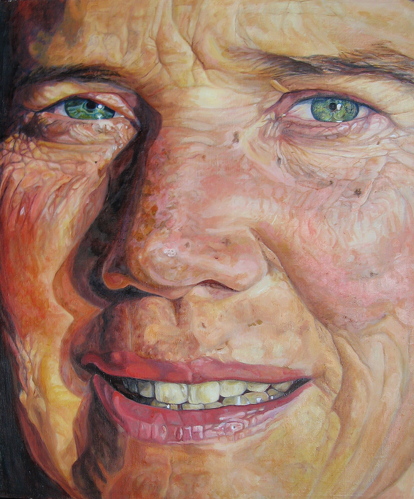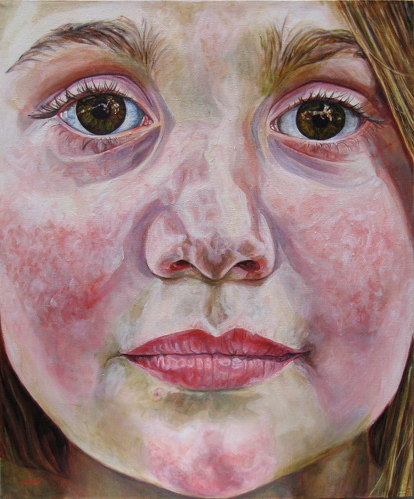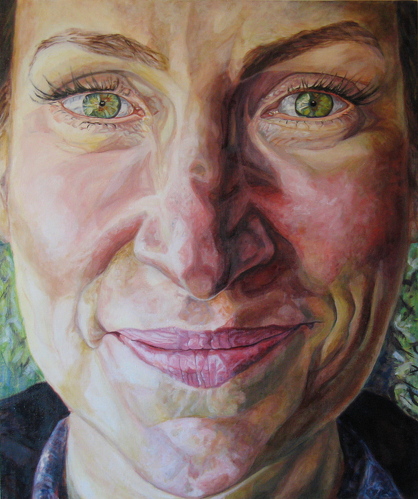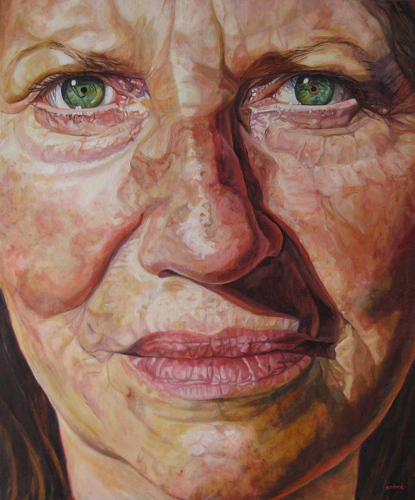Vasilij Kandinskij, White zig zag, 1922. Oil on canvas, 95 x 125 cm. Ca ‘Pesaro – International Gallery of Modern Art, Venice
“This exhibition is built with the masterpieces of the collections of the International Art Gallery Moderna of Ca ‘Pesaro to tell the fascinating journey of abstract art from its birth to the contemporary ”, explains Gabriella Belli, director of the Fondazione Musei Civici di Venezia. A rare case among Italian museums, Ca ‘Pesaro can count on an impressive number of works by leading protagonists of the international twentieth century, acquired by the will of great collectors – from Paul Prast to Giuseppe and Giovanna Panza di Biumo – or artist-collectors such as Emanuel Föhn, purchased by the Municipality of Venice in the various editions of the Biennale or donated to the Gallery by the award-winning artists themselves.
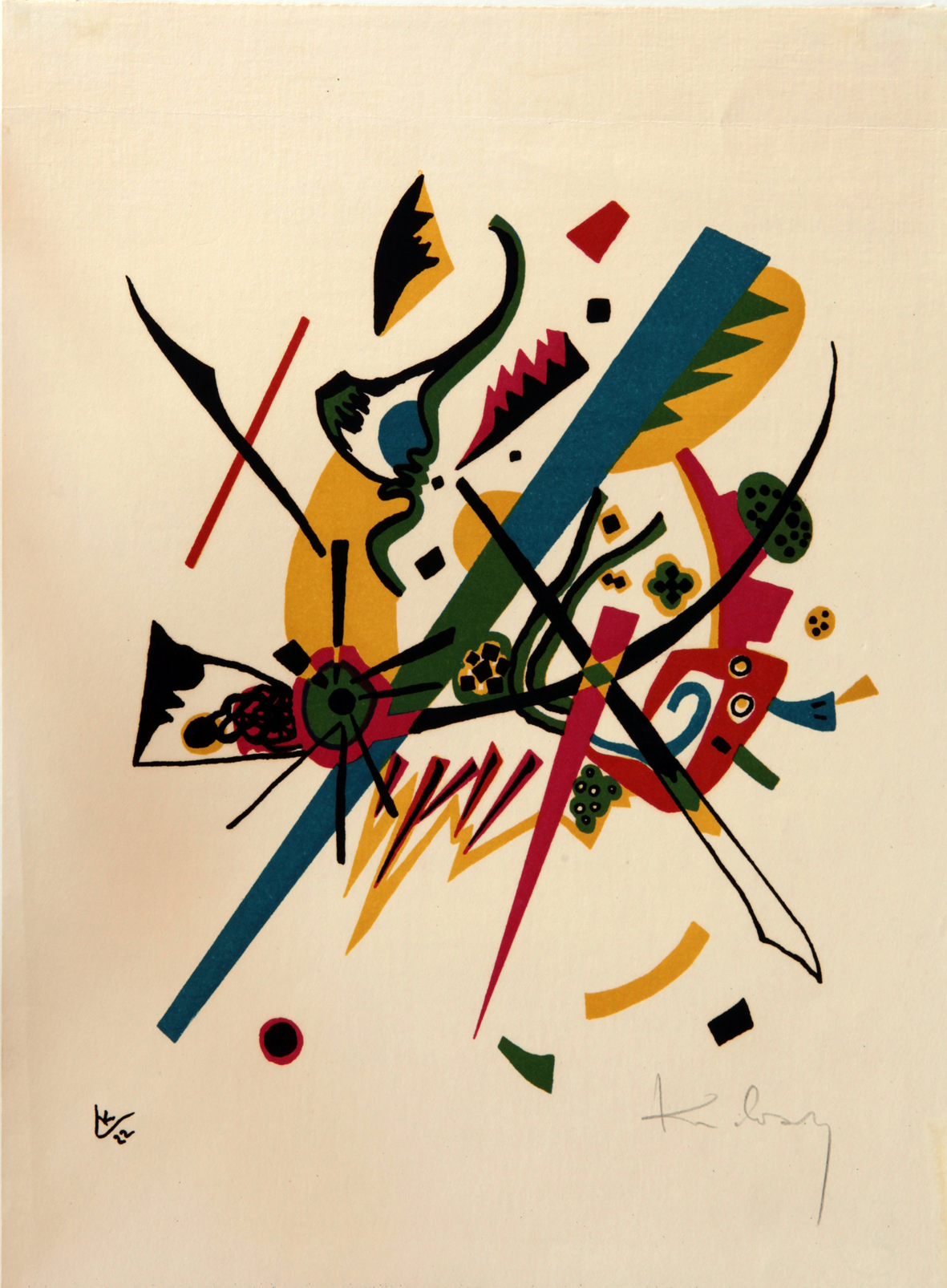
Wassily Kandinsky, Kleine Welten I (Little Worlds), 1922, Color lithograph, 28 x 35.7 cm, Venice, Ca ‘Pesaro – International Gallery of Modern Art, donation Paul Prast, 2020
In Mestre, about 40 works will mark the journey of the exhibition through almost a century of painting and sculpture: it starts with Kandinsky, the father of abstractionism, to continue with pioneers such as the American Lyonel Feininger and then probe the impact of the master’s ideas Russian on the twentieth-century avant-garde, surrealist in the lead, to finally enter the territories of sculpture after the Second World War, cross the experiences of minimalism in the seventies and end with artists such as Richard Nonas and Julie Mangold.
Along the way we will find a nucleus of nine works by Kandinsky, among which White zig zags of 1922, Three triangles of 193 and the exciting sequence of Small worlds. “This is a collection of graphic works that the Russian master created in 1922, when he teaches at the creative workshop of the Bauhaus school”, says curator Elisabetta Barisoni, head of Ca ‘Pesaro: “The techniques are different, each choice by Kandinsky for its unique character: lithography combines signs and colors to produce an image that is as close as possible to a painting, woodcut is instead characterized by the interaction of foreground and background, while drypoint allows precision of sign and study of the lines. THE Small worlds for Kandinsky they become autonomous microcosms, almost small galaxies in dialogue with each other ”.
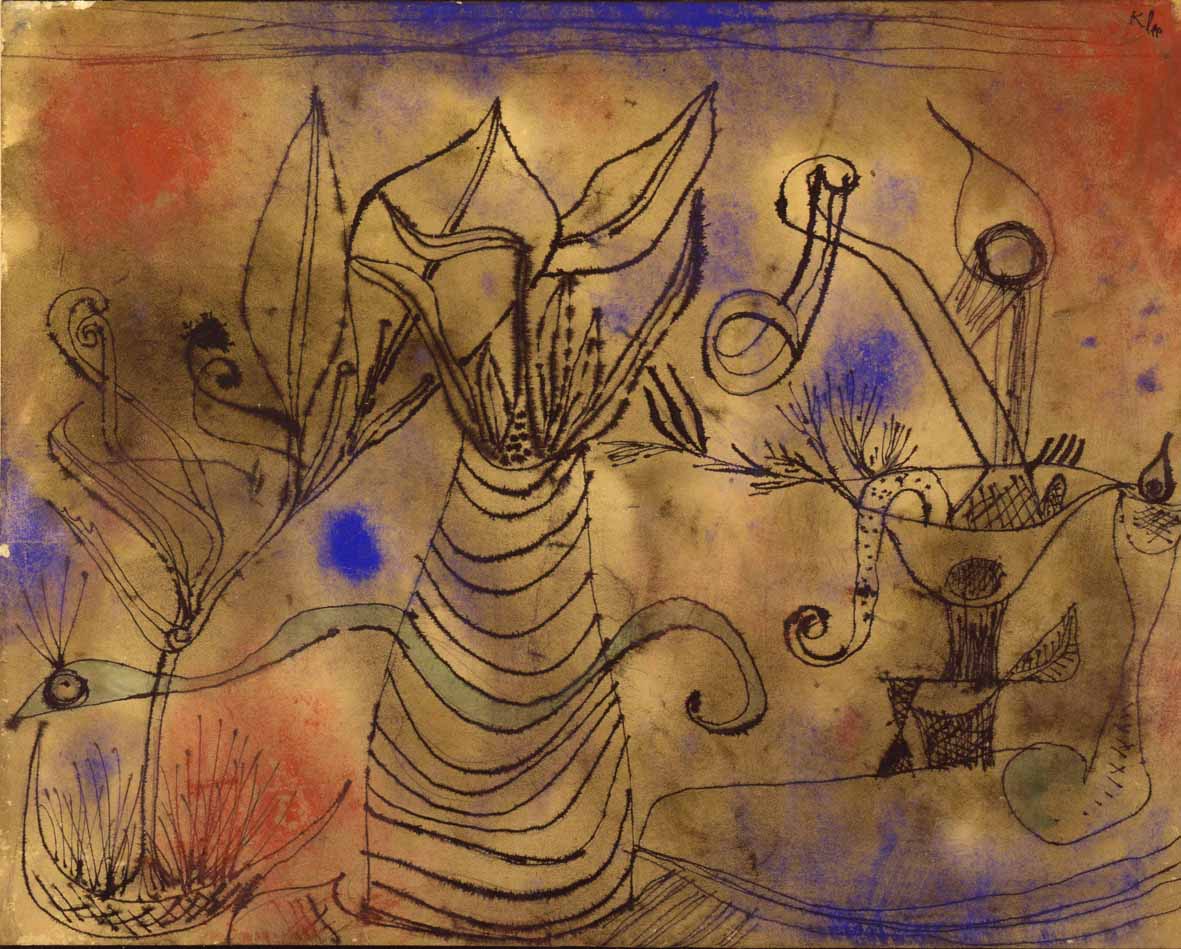
Paul Klee, With the snake, 1924, Indian ink drawing, watercolor and pastels, 28.1 x 23.1 cm, Venice, Ca ‘Pesaro – International Gallery of Modern Art, purchased from the painter Emanuel Föhn, 1954
Alongside the wonders of Kandinsky, seven works by Paul Kleehow Village idyll And Eat from the handrespectively of 1913 and 1920, or With the snakeextraordinary work of 1924, until Landscape with rocks and fir trees of 1929 and Three polyphonic subjects from 1932, to which is added a precious work on paper by Feininger from 1927: unique works that together illustrate the great revolution of the Der Blaue Reiter group, Il Cavaliere Azzurro, and then of the Bauhaus, which with its school deeply marked the future of European art.
“Along the lines drawn by Paul Klee and Kandinsky, during the 1920s the experiments of Surrealism of Joan MiróMax Ernst, Antoni Tàpies, the abstract sculpture of Jean Arp and of Alexander Calderthe cosmic analogies of Enrico Prampolini and the musical forms of Luigi Veronesi “says the curator, anticipating the content of a spectacular section:” The third part of the exhibition explores the persistence of Abstraction after World War II. In the 1940s, Kandinsky’s lesson took place in England with the experience of Ben Nicholson, in the international experiences of Abstract Expressionism and in Italy of the New Front of the Arts and Sign Abstractionism. From Emilio Vedova to Mario Deluigi and Tancredi, from Karel Appel a Mark Tobeythe forms of abstraction in the second half of the twentieth century are halfway between Informal, lyrical and gestural suggestion ”.
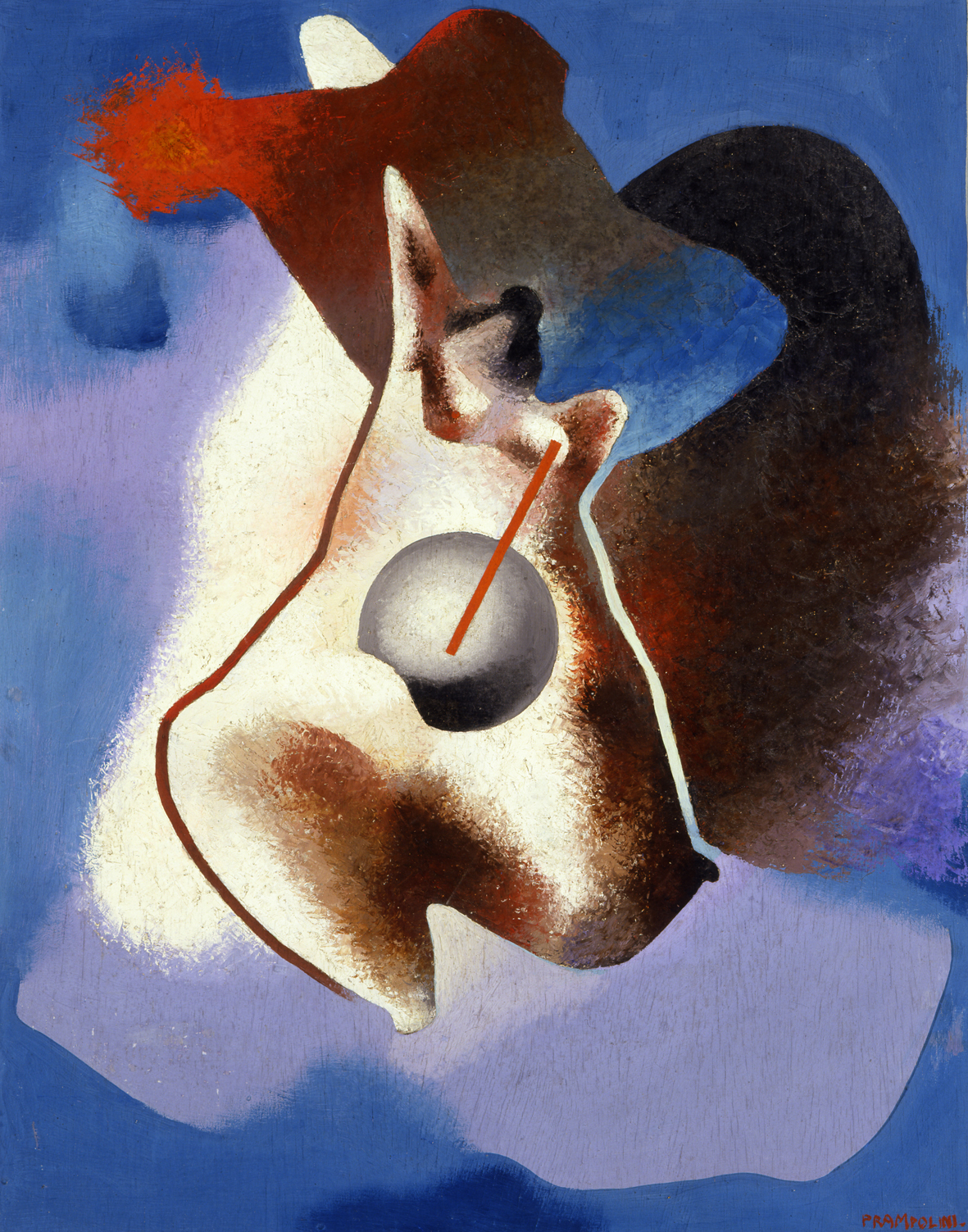
Enrico Prampolini, Cosmic Anologies, ca 1931, Oil on wood, 65 x 80 cm, Venice, Ca ‘Pesaro – International Gallery of Modern Art, gift from the National Confederation of professional and artist fascist trade unions, 1932
“The exhibition ends with a precious selection of sculpture – continues Barisoni – which completes the itinerary with masterpieces by Mirko Basaldella, Eduardo Chillida, Luciano Minguzzi and Bruno De Toffoli, to testify the persistence of the dialogue between abstraction and biomorphism towards the 1950s. Finally, the resumption of a radical, almost ascetic abstraction, makes its way with the minimal experiences of Richard Nonas and Julia Mangold, who introduce the visitor into the thought of the Seventies, to the resumption of a new life of art and abstract forms “.
Read also:
• The drawing according to Paul Klee. In Europe the masterpieces of the Helft Collection
• The magic of Surrealism on display at the Peggy Guggenheim Collection
• 150 years of Mondrian in a great exhibition

